2-Acetylbenzoic acid
Synonym(s):3-Hydroxy-3-methylphthalide;Acetophenone-2-carboxylic acid
- CAS NO.:577-56-0
- Empirical Formula: C9H8O3
- Molecular Weight: 164.16
- MDL number: MFCD00002475
- EINECS: 209-413-2
- SAFETY DATA SHEET (SDS)
- Update Date: 2025-12-16 16:15:04
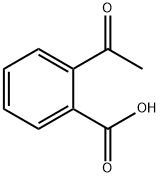
What is 2-Acetylbenzoic acid?
Chemical properties
Yellow Solid
The Uses of 2-Acetylbenzoic acid
2-Acetylbenzoic acid is used as a component of hair dyes. It is used as an intermediate for pharmaceutical, cosmetics, agrochemical and food industries.
The Uses of 2-Acetylbenzoic acid
A common component of hair dyes.
What are the applications of Application
2-Acetylbenzoic Acid is a common component of hair dyes
Synthesis Reference(s)
The Journal of Organic Chemistry, 40, p. 2996, 1975 DOI: 10.1021/jo00908a046
Purification Methods
It crystallises from *C6H6 and H2O (15g/100mL). The oxime has m 156-157o, and the 2,4-dinitrophenylhydrazone has m 185-186o(needles from EtOH). [Yale J Am Chem Soc 69 1547 1947, Panetta & Miller Synthesis 43 1977, Beilstein 10 H 690, 10 I 330, 10 II 479, 10 III 3025, 10 IV2766.]
Properties of 2-Acetylbenzoic acid
| Melting point: | 115-117 °C (lit.) |
| Boiling point: | 251.61°C (rough estimate) |
| Density | 1.2132 (rough estimate) |
| refractive index | 1.5380 (estimate) |
| storage temp. | Sealed in dry,Room Temperature |
| solubility | Chloroform (Slightly), Dichloromethane, Ethyl Acetate, Methanol (Slightly) |
| pka | pK1: 4.13 (25°C) |
| form | Crystalline Powder |
| color | Light yellow to light orange |
| Water Solubility | Soluble in Dichloromethane and Ethyl Acetate. Slightly soluble in water. |
| BRN | 1210557 |
| CAS DataBase Reference | 577-56-0(CAS DataBase Reference) |
| NIST Chemistry Reference | 2-Acetylbenzoic acid(577-56-0) |
Safety information for 2-Acetylbenzoic acid
| Signal word | Warning |
| Pictogram(s) |
 Exclamation Mark Irritant GHS07 |
| GHS Hazard Statements |
H315:Skin corrosion/irritation H319:Serious eye damage/eye irritation H335:Specific target organ toxicity, single exposure;Respiratory tract irritation |
| Precautionary Statement Codes |
P264:Wash hands thoroughly after handling. P264:Wash skin thouroughly after handling. P280:Wear protective gloves/protective clothing/eye protection/face protection. P305+P351+P338:IF IN EYES: Rinse cautiously with water for several minutes. Remove contact lenses, if present and easy to do. Continuerinsing. |
Computed Descriptors for 2-Acetylbenzoic acid
New Products
4,4-Difluoropiperidine hydrochloride tert-butyl 9-methoxy-3-azaspiro[5.5]undecane-3-carboxylate Indole Methyl Resin N-Isopropylurea N,N-Dicyclohexylcarbodiimide(DCC) MELDRUMS ACID 5-METHYLISOXAZOLE-4-CARBOXYLIC ACID Magnessium Bis glycinate Zinc ascorbate 1-bromo-2-butyne 2-acetamidophenol 9(10H)-anthracenone Erythrosin B, 4-Piperidinopiperidine 2-((4-morpholinophenylamino) (methylthio) methylene) malononitrile 2,4-dihydroxybenzaldehyde 3-(4-morpholinophenylamino)-5-amino-1H-pyrazole-4-carbonitrile Methyl 2-methylquinoline-6-carboxylate 2,6-dichloro-4-nitropyridine 4-Bromo-2-chlorobenzonitrile 2-(benzylamino)acetic acid hydrochloride 4-(tert-Butoxycarbonylamino)but- 2-ynoic acid 3,4-dihydro-2H-benzo[b][1,4]dioxepine 1-Phenyl-1-cycloprppanecarboxylicacidRelated products of tetrahydrofuran
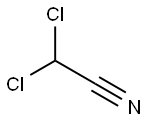
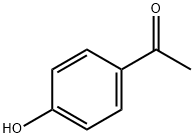



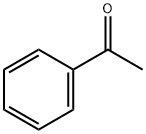


You may like
-
 577-56-0 2-Acetylbenzoic acid 98%View Details
577-56-0 2-Acetylbenzoic acid 98%View Details
577-56-0 -
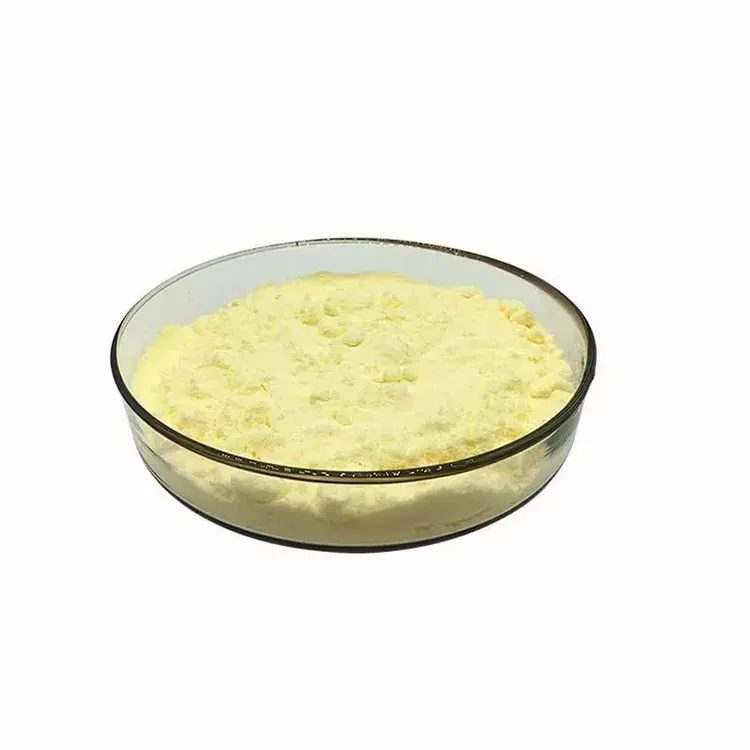 577-56-0 98%View Details
577-56-0 98%View Details
577-56-0 -
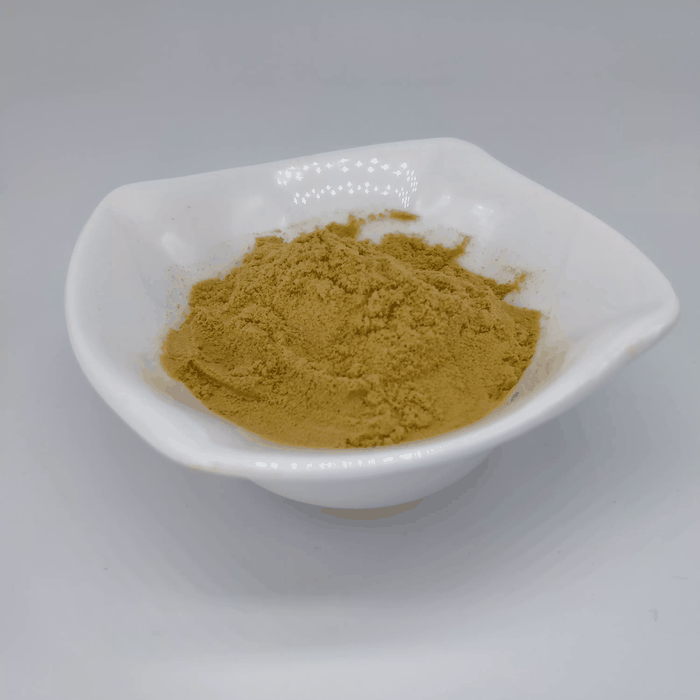 2-Acetyl benzoic acid 99%View Details
2-Acetyl benzoic acid 99%View Details
577-56-0 -
 2-Acetyl benzoic acid 98%View Details
2-Acetyl benzoic acid 98%View Details
577-56-0 -
 2-Acetylbenzoic Acid CAS 577-56-0View Details
2-Acetylbenzoic Acid CAS 577-56-0View Details
577-56-0 -
 2-Acetylbenzoic acid CAS 577-56-0View Details
2-Acetylbenzoic acid CAS 577-56-0View Details
577-56-0 -
 20677-73-0 (2,2-diethoxyethyl)methylamine 98%View Details
20677-73-0 (2,2-diethoxyethyl)methylamine 98%View Details
20677-73-0 -
 3-(4-(hydroxyamino)-1-oxoisoindolin-2-yl)piperidine-2,6-dione 98%View Details
3-(4-(hydroxyamino)-1-oxoisoindolin-2-yl)piperidine-2,6-dione 98%View Details
Statement: All products displayed on this website are only used for non medical purposes such as industrial applications or scientific research, and cannot be used for clinical diagnosis or treatment of humans or animals. They are not medicinal or edible.
